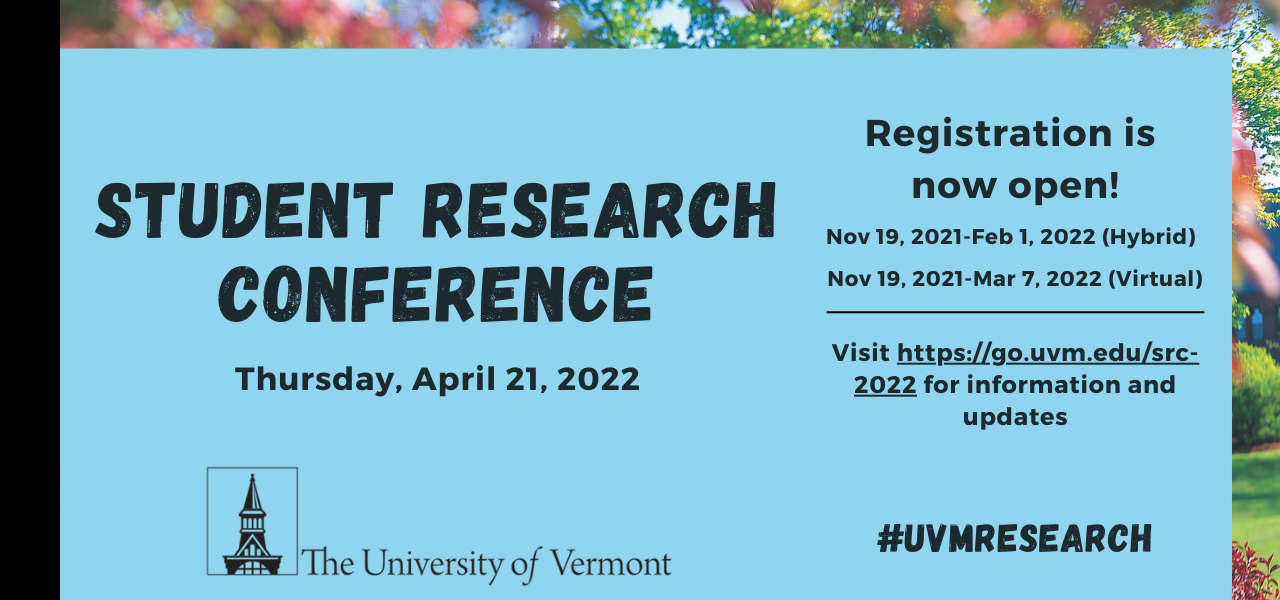Ectoparasite life history affects occupancy at different hierarchical scales
Conference Year
January 2022
Abstract
Ectoparasites, which include fleas, ticks, and lice, interact with a ‘dual’ environment: the stable host environment and the variable abiotic environment. However, because ectoparasite species vary in life history traits such as amount of host contact, the relative evolutionary pressure imposed by these environmental scales differs between species. Using a Bayesian hierarchical occupancy model, I am 1) calculating Bayesian R2 values to quantify the ability of environmental variables (e.g. vegetation composition) vs. host variables (e.g. body mass) to explain patterns of ectoparasite occupancy, and 2) comparing these R2 values across groups of ectoparasite species with varying levels of host contact.
Primary Faculty Mentor Name
Nicholas Gotelli
Status
Graduate
Student College
College of Agriculture and Life Sciences
Program/Major
Biology
Primary Research Category
Biological Sciences
Ectoparasite life history affects occupancy at different hierarchical scales
Ectoparasites, which include fleas, ticks, and lice, interact with a ‘dual’ environment: the stable host environment and the variable abiotic environment. However, because ectoparasite species vary in life history traits such as amount of host contact, the relative evolutionary pressure imposed by these environmental scales differs between species. Using a Bayesian hierarchical occupancy model, I am 1) calculating Bayesian R2 values to quantify the ability of environmental variables (e.g. vegetation composition) vs. host variables (e.g. body mass) to explain patterns of ectoparasite occupancy, and 2) comparing these R2 values across groups of ectoparasite species with varying levels of host contact.


